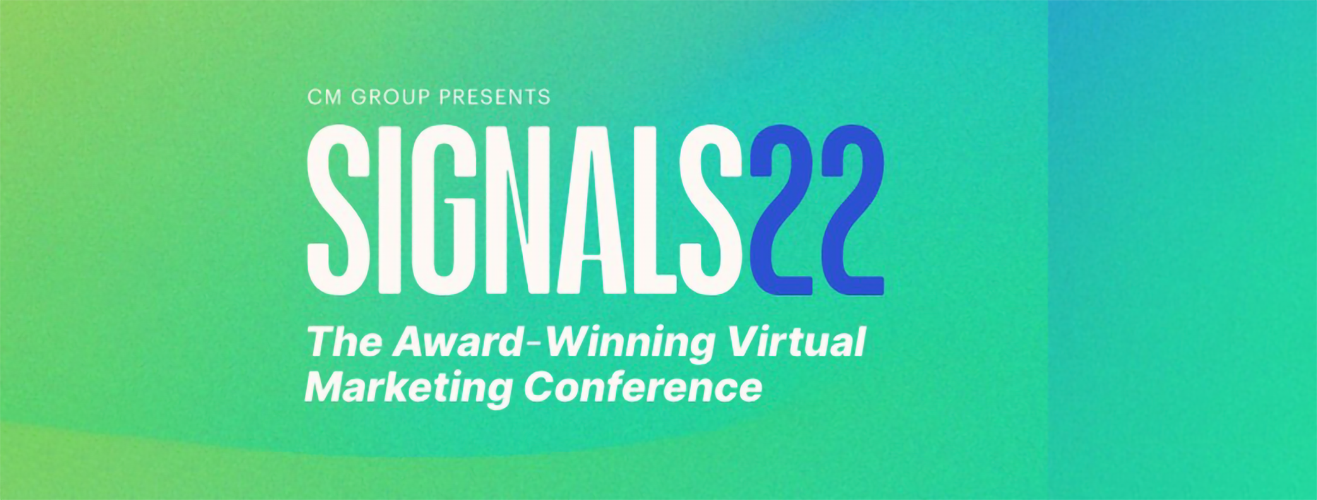Marketers are facing challenges today that they never faced before. Cookies and third-party data are crumbling by the hour, creating havoc for those trying to map a real ROI from their advertising dollars. Data is easy to get, but it’s rarely clean enough to properly activate; and any bartered or purchased data usually has known fidelity issues. Personalizing across multiple channels feels impossible sometimes and retaining customers can be a difficult task without the right loyalty foundation. All these issues need addressing, not as piecemeal parts, but as a whole.
Enter: Relationship Marketing. With Relationship Marketing, marketers can now start to address these issues one by one. The foundation of Relationship Marketing is the connection between the brand and the consumer. For marketers to enjoy real Customer Lifetime Value (CLV), they must first establish a true relationship with customers.
Relationship marketing is made up of four stages: acquisition and enrichment, engagement, personalization, and loyalty and retention.
Acquisition & Enrichment
Privacy is a major concern for all of us — brands and consumers alike — and increasingly so, highlighted by recent government legislation and data breaches. This has consumers protecting their personal information more than ever before. They’ll share it, but it should be for a good reason. On top of all the privacy concerns, customers want to be treated like people, by people. So marketers need to reach them on a human level. Not via cookies, pixels, or on a creepy, “we’re watching you” kind of level.
First step: creating the Value Exchange. Whether you’re looking at it from the marketer’s or the customer’s perspective, it’s simple: ask, receive, give, repeat. Marketers want your information. Customers want personalized experiences, and marketers need personal information to deliver that. It’s a match made in Relationship Marketing heaven.
Engagement
As brands and customers have evolved their strategies, one thing still rings true: Email is the most influential and impactful marketing channel. And SMS is a solid complement to email programs with open rates reaching as high as 98%. Consumer purchase decisions on mobile continue to rise and, as a result, email and SMS in marketing programs have accelerated success for marketers.
Marketers across industries, whether it’s retail, CPG, media, and entertainment, or even travel and hospitality, benefit from seasonal, scheduled, and programmatic email marketing programs. The name of the game is precise and accurate targeting and segmentation.
Personalization
Whether a consumer is a prospective first-time shopper or a loyal returning customer, they are probably looking at more than one online store to find the best solution to their problem. Depending on the urgency of the purchase, consumer research is likely to extend across multiple channels and involve numerous abandonment events — browse abandonment, search abandonment, and cart abandonment alike. Shoppers look at product quality and availability, price, total cost, opportunities for savings, and the ease and consistency of the entire purchase experience before making a decision.
The moments preceding — and following — a purchase are critical every time someone chooses to spend their time and money. Are they able to find the information they need to evaluate the product(s) they might purchase? Are they able to find an offer or a discount to save a little money? Can the item(s) or service(s) they need be delivered when needed, or can it be picked up or accessed from a nearby location? Brands that can listen across channels in real-time and react to moments of engagement with contextually personalized experiences are more likely to deliver critical answers to curious consumers during the essential moments of purchase.
Loyalty & Retention
We all want more customers. But there’s something better, more valuable than new customers: creating value for existing customers. It’s expensive to acquire new customers, but people who will come back and spend money with you again? That’s gold.
Customers who return tend to spend more. In fact, our recent Consumer Trends Index revealed that 57% of consumers are prepared to pay more to purchase from a trusted brand. So, become that trusted brand. Nurture your customers. Deliver personalized experiences that make them feel noticed and appreciated. Invite them to come back.
Customers who come back share their experiences with others, effectively helping you acquire those new customers we all want. Think about the restaurant you frequent, the brands you use, or the airline you fly. When a friend asks where they should eat, what they should buy, or how they should travel, you have a recommendation at the ready.
Customers who shop again are more apt to stick around. The more positive experiences a customer has with your brand, the greater the potential of them becoming a loyal, and reliable, customer.
Signals22: The Relationship Marketing Series
How do marketers get started with Relationship Marketing? Join us at Signals22, the award-winning virtual content series that will cover each stage of the Relationship Marketing journey. We’ll showcase stories of clients building these personal relationships from brands across the globe. For the practitioners, we’ll show you best practices for creating a Relationship Marketing strategy – and we’ll leave you feeling inspired with thought leadership sessions. The four-day series goes from October 24-27, register now to save your spot.



